
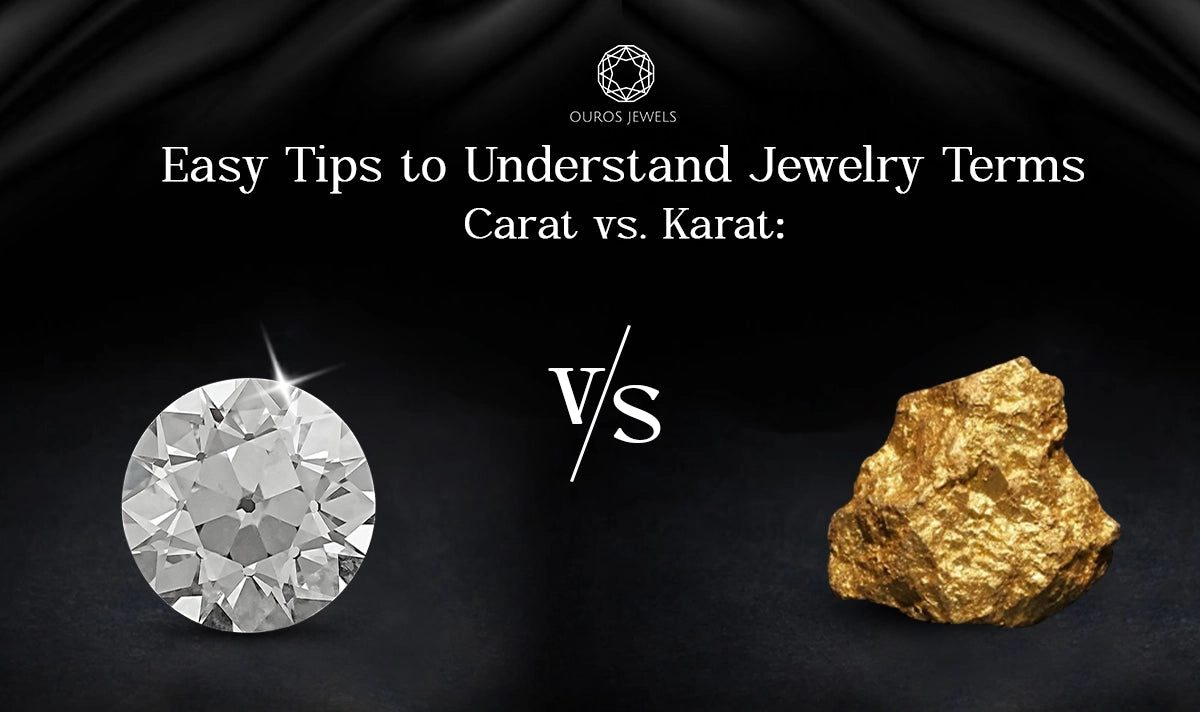
Carat vs Karat: Easy Tips to Understand Jewelry Terms

I remember well the first time I entered a jewelry store intending to buy something, not just to look around and drool over beautiful pieces of jewelry. It was for someone I loved. I wanted it to be perfect. I also wanted to sound as if I knew what I was doing.
So when the jeweler started talking about “one carat, brilliant cut,” I was nodding as if I knew what in the world he was saying. Then he said “18-karat gold,” and I nodded once more. This time, much more confidently. As if those two words were related. They’re not.
Later that night, I found myself holding a burrito in one hand and Googling “carat vs. karat difference” with the other, and balancing my pride in the other. Turns out, I’m not alone. Let’s break down carat vs. karat in a way that actually sticks.
What Is a Carat?
In the gemstone world, the word ‘carat’ is for weight, not size as so many assume. One carat is equal to 200 milligrams. It’s really the baseline measurement for any kind of precious stone diamond, sapphire, emerald, or ruby.

The term itself has an interesting origin. It comes from the carob seed, which ancient traders believed had a remarkably consistent weight. While modern precision tools have replaced seeds, the carat remains the universal measure for gem weight.
So, a higher carat weight doesn’t necessarily mean a visually bigger stone. Weight matters in the cut as it determines what portion of the stone’s weight is visible from the top. Hence, a deeply cut one-carat diamond can look smaller than a shallow-cut stone of the same weight.
Carat weight in diamonds is one major feature that determines pricing, assuming cut, clarity, and color are similar. A 2-carat diamond will be much more expensive than a 1-carat diamond because larger diamonds are rarer, causing the price to rise disproportionately with higher carat weight.
When considering carat weight, keep in mind:
-
1 carat = 200 milligrams
-
A diamond’s size and appearance depend on weight and cut
-
Price increases steeply with carat weight due to rarity and demand
Understanding the carat of a diamond is one of the first steps to becoming a confident jewelry shopper. The trick is to know how to balance between beauty, proportion, and budget.
What Is a Karat?
Karat is a unit for measuring the purity of gold. One karat equals 1/24 of the total, or 4.1667 percent. That means 16-karat gold is composed of 16 parts gold and 8 parts alloy metal. 24-karat gold is pure gold.

The term ‘karat’ comes from the medieval ‘mark,’ a coin theoretically equal to 24 carats (the same weight unit used for gems, derived from carob seeds). Since pure gold is too soft for practical use, it’s mixed with metals like copper to create a durable alloy. The karat system measures how much of the alloy is pure gold.
You’ll usually come across these common karat levels, but here’s a quick Gold karat comparison to help you understand the differences at a glance.
-
24K: Pure gold, rich in color but soft and more prone to scratches or dents
-
18K: 75% gold and 25% alloy; offers a great balance of purity and strength
-
14K: 58.3% gold; popular for its durability and more affordable price
-
10K: 41.7% gold; the most durable and budget-friendly option, though with a paler hue
Each step down in karat reduces the gold content but often improves wearability. For instance, if you’re wondering 14K gold is good for engagement rings, then the answer is yes because it balances durability and beauty, especially if you’re looking for something that holds up beautifully over time. It really does come down to how often the piece will be worn, how much you're investing, and the kind of look you want- bright and buttery or subtle and sturdy.
In short, it is your guide to what’s in the gold. Karat helps show you how pure it is, how well it’ll hold up, and how it fits your lifestyle.
Carat vs Karat: Quick Comparison
It’s easy to see why these two words get mixed up. They sound almost identical but measure completely different things. Let’s compare + side by side.
| Feature | Carat | Karat |
|---|---|---|
| What It Measures | Weight | Purity |
| Used For | Gemstones (like diamonds) | Gold |
| Key Detail | 1 carat = 200 mg | 24K = 100% gold |
| Example | 1.5-carat diamond ring | 18K gold necklace |
When you’re looking at a diamond ring in an 18K setting, you’re seeing both systems at work. The carat tells you how much the stone weighs, and the karat tells you how pure the gold is that holds it.
How to Remember the Difference
If you’ve ever mixed up carat and karat, you’re not alone. It’s one of those jewelry quirks that feels like a trick question until you’ve got a shortcut.
Here’s the one that finally stuck for me:
Carat with a “C” stands for Cut stones like diamonds and sapphires.
Karat with a “K” stands for Karat gold the stuff measured in parts of 24.
Still confused? Try this mental image:
A carat is all about weight: picture a diamond being placed gently on a scale.
A karat is all about purity: imagine a gold bar being tested for how much real gold is in the mix.
The spelling may only differ by a single letter, but the meanings are worlds apart. With just this one-letter clue, you’ll never have to second-guess again.
Buying Tips for Shoppers
Understanding carat and karat helps you make better choices with your money. Jewelry is often a meaningful purchase, sometimes even a lifelong one. So here are a few things I wish someone had told me before I stepped into that first showroom.
When you are buying gemstones, do not just get caught up in carat weight alone. All too often a higher carat can mean a less attractive stone. Look at it in terms of overall quality, primarily its cut, clarity, and color, and only then its carat, the famous “4 Cs.” A well-cut diamond can actually sparkle quite a bit more, even if it weighs less. For more tips, have a look at our diamond buying guide or even ask if you can compare the stones side by side. You might be shocked at what your eyes will prefer.
Consider how and where you’ll wear it while shopping for gold. A pretty 24K gold bracelet is lovely, but it is very soft and scratches easily. If this is a piece to wear every day, the sweet spot may be 14K or 18K: durable, rich in color, and less likely to dent. Check out proper stamps such as “14K” or “18K” to verify it.
Lastly, ask away. A good jeweler will take you through the details happily. You need to know exactly what you’re getting because it’s not just a piece of jewelry.. You’re buying a story, a memory, a moment.
Ask These Questions Before You Buy
Jewelry isn’t something you buy every day, so it’s easy to feel a little unsure, even if you’ve done your homework. The good news? You don’t need to memorize the periodic table or become a gemologist to make a smart choice. You just need to ask the right questions at the right time.
Here are three simple (but powerful) questions to keep in your back pocket when you're at the counter or browsing online:
1. Is the carat weight for a single stone or the total piece?
Occasionally, a ring will be listed as “1.00 ct” without specifying whether this is for one main stone or numerous smaller ones combined. They might look alike in terms of sparkle in photographs, but there can be a huge difference in value and visual impact. Always ask if it’s a single-stone carat weight or total weight in carats (CTW).
2. What type of gold is this, and how pure is it?
Is the piece solid gold, gold-filled, or gold-plated? And what karat level are you looking at? An 18K gold ring holds much more long-term value than a gold-plated one, which may fade or chip over time. Understanding both karat and construction helps you judge durability and price fairness.
3. Is the stone certified by a reputable lab?
If you’re buying diamond or any expensive gem, make sure it comes with a grading cert from a trusted source like GIA or IGI. That paper is proof of what you’re really paying for. Asking these questions is for self-assurance. Because when you feel informed, you shop with joy. And that’s the whole point, isn’t it?
4. 14K vs 18K Gold: Which One’s Better?
When it comes to choosing between 14K vs 18K gold, it really depends on your priorities. 14K gold is more durable, more affordable, and a great everyday option, especially for engagement rings or wedding bands. 18K gold, on the other hand, contains more pure gold, giving it a richer color and luxurious feel. If you want a piece with a little more opulence and don't mind a bit of extra care, 18K might be your pick.
Common Mistakes to Avoid
Even with a good handle on carat and karat, it’s still easy to slip into a few common snags. The jewelry world has a language of its own, and sometimes, it’s confusing to suddenly have to learn it in mid-conversation.
The biggest of the mistakes is thinking that being big is always better. This one will have a higher carat weight, which just sounds more impressive, but if it’s not cut well or cloudy, it won’t sparkle the way you think. So you could wind up paying more for something that looks… underwhelming. It’s worth remembering that balance matters. A slightly smaller, beautifully cut diamond often outshines a larger one with mediocre quality.
Then there’s the 24K gold myth. Yes, it’s pure. Sure, it’s luxurious. But in the real world, wearing your fine jewelry every day is pretty impractical. Pure gold is extremely soft and malleable. That’s why most people buy 24K not to use but for show and then find it scuffed and misshapen after just a few wears: pure misery. When you choose 14K or 18K, you’re not compromising; you’re making your jewelry last.
Another pitfall is mixing up terms or trusting vague descriptions. Gold-plated” doesn’t mean solid gold, and “carat total weight” (CTW) in a multi-stone ring isn’t the same as a single stone carat. Read labels carefully, and ask for clarity if anything feels uncertain.
The goal is simply to feel confident in what you’re buying. A little knowledge goes a long way in avoiding regret and buying something you’ll truly love.
Conclusion
When I first set out to understand the difference between carat and karat, I wasn’t trying to impress anyone. I just wanted to stop nodding politely and start making choices that actually made sense. And honestly? It changed the way I shop.
Knowing what a carat really means helps you choose a diamond that sparkles for you, not just because it’s heavier on paper. And understanding karats helps you decide things like whether 14K gold is good for earrings or if 10K gold will tarnish over time.
But more than that, being informed turns a purchase into something more personal. You’re curating pieces that tell your story. That feels right on your skin and right in your gut.
So next time you’re admiring that necklace or slipping on that ring, you won’t be second-guessing the label. You’ll know what you’re looking at. You’ll know what to ask. And you’ll walk away with something that feels as good as it looks. If you’re on the hunt for some jewelry, do check out Ouros Jewels’ lab-grown diamond jewelry collection.
FAQs
1. Is carat the same as size?
Not exactly. Carat measures weight, not visual size. Two diamonds of equivalent carat weight can appear totally different from each other, depending on how they are cut.
2. What’s the highest karat gold?
24K is the highest and purest form of gold, but it’s also the softest and most prone to scratching.
3. Is 18K gold better than 14K?
18K gold has more pure gold (75%) than 14K (58.3%), making it richer in color but slightly less durable. It comes down to your lifestyle and preference.
4. What does “CTW” mean?
CTW stands for Carat Total Weight. It refers to the combined weight of all stones in a piece, not just the center one.
5. Is white gold real gold?
Yes, white gold is real gold. It is made using gold along with one white metal, which can be manganese, nickel, or palladium.
6. Does a higher carat diamond mean better quality?
Not always. Carat affects weight, but quality depends on other factors too, like cut, clarity, and color.
7. Should all diamonds come with a certificate?
Yes, especially larger or high-value stones. Look for certification from trusted labs like GIA or IGI for peace of mind.
8. Is gold hypoallergenic?
Not all gold is created equal when it comes to sensitive skin. Pure gold (24K) is naturally hypoallergenic, but most gold used in jewelry is alloyed with other metals. 14K and 18K gold are usually hypoallergenic, especially if nickel-free alloys are used. If you have skin sensitivities, it’s smart to confirm whether the gold is hypoallergenic before buying.
9. How should I care for low-karat gold (e.g., 10K or 14K)?
Clean low-karat gold with mild soap and water, avoiding harsh chemicals. Store separately to prevent scratches, as alloys may tarnish slightly over time due to lower gold content.
10. What’s the best carat weight for an engagement ring?
A 0.5 to 1.5-carat diamond is a popular choice for engagement rings. It offers a good mix of sparkle and cost. Focus on the cut and clarity instead of just carat weight for the best shine.
Recent Blogs
-
November 15, 2025
-
September 12, 2025
-
August 25, 2025
-
August 15, 2025
-
July 21, 2025

 Solitaire Rings
Solitaire Rings

 Halo Rings
Halo Rings

 Bezel Rings
Bezel Rings

 Three Stone Rings
Three Stone Rings

 Five Stone Rings
Five Stone Rings

 Bridal Set Rings
Bridal Set Rings

 Solitaire Accent Rings
Solitaire Accent Rings

 Toi Moi Rings
Toi Moi Rings

 Semi Mount Rings
Semi Mount Rings

 Custom Rings
Custom Rings

 Color Diamond Rings
Color Diamond Rings

 Lab Gemstone Rings
Lab Gemstone Rings

 Men's Rings
Men's Rings

 Round
Round

 Pear
Pear

 Oval
Oval

 Princess
Princess

 Asscher
Asscher

 Marquise
Marquise

 Emerald
Emerald

 Cushion
Cushion

 Radiant
Radiant

 Heart
Heart

 Old Cuts
Old Cuts
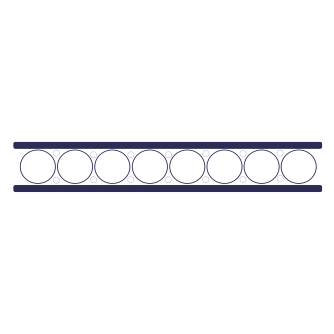
 Eternity Bands
Eternity Bands

 Dainty Bands
Dainty Bands

 Custom Bands
Custom Bands

 Men’s Bands
Men’s Bands

 Studs
Studs

 Hoops
Hoops

 Jackets
Jackets

 Dangle
Dangle

 Bridal
Bridal

 Tennis Bracelet
Tennis Bracelet

 Fashion Bracelet
Fashion Bracelet
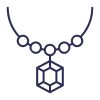
 Pendant
Pendant

 Necklace
Necklace

 Men's Jewelry
Men's Jewelry

 Pink
Pink

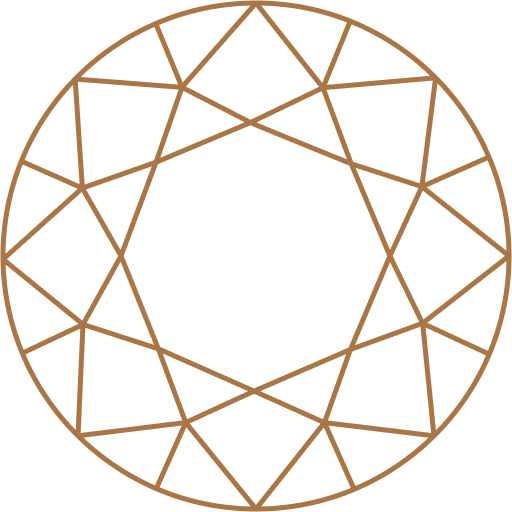 Champagne
Champagne

 Yellow
Yellow

 Blue
Blue

 Black
Black

 Green
Green

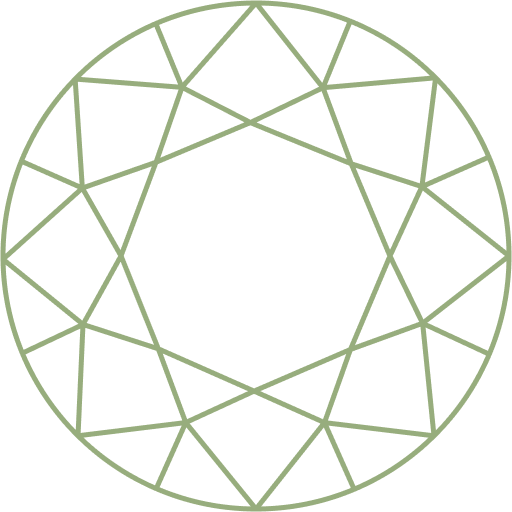 Olive
Olive

 Ruby
Ruby

 Sapphire
Sapphire

 Other Gemstone
Other Gemstone

 Old Cut Jewelry
Old Cut Jewelry

 Antique Diamond Jewelry
Antique Diamond Jewelry

 Kids Collection
Kids Collection

 Celebrity Jewelry
Celebrity Jewelry

 Old Cut
Old Cut

 Antique Cut
Antique Cut

 Matching Pair
Matching Pair

 Step Cut
Step Cut
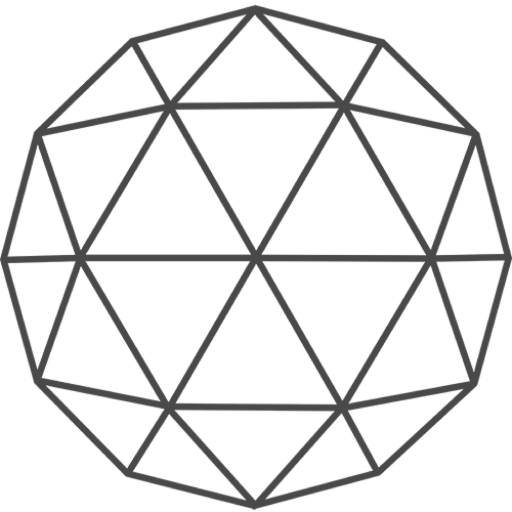
 Rose Cut
Rose Cut

 Portuguese Cut
Portuguese Cut

 Portrait Cut
Portrait Cut

 Pie Cut
Pie Cut

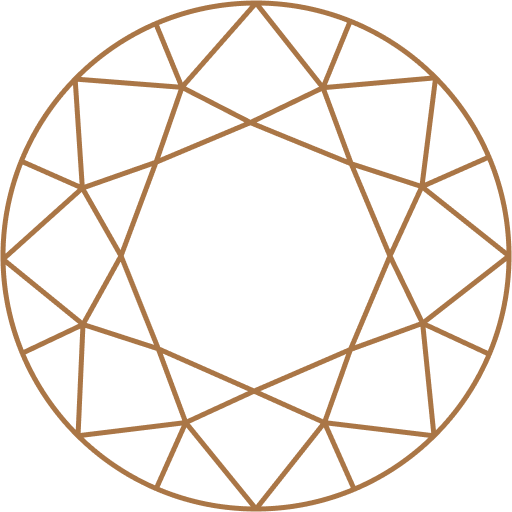 Champange
Champange

 Other
Other

 IGI-GIA Certified
IGI-GIA Certified

 8X Diamond
8X Diamond

 Ready Stocks
Ready Stocks

 OEC Round
OEC Round

 Old Mine Cushion
Old Mine Cushion

 Old Mine Moval
Old Mine Moval

 Old Mine Emerald
Old Mine Emerald

 Old Mine Asscher
Old Mine Asscher

 Old Mine Pear
Old Mine Pear

 Old Mine Heart
Old Mine Heart

 Rings
Rings

 Bands
Bands

 Earrings
Earrings

 Bracelets
Bracelets

 Anniversary Gift
Anniversary Gift

 Birthday Gift
Birthday Gift

 Gift For Her
Gift For Her

 Gift For Him
Gift For Him

 Under 300$
Under 300$

 Under 500$
Under 500$






